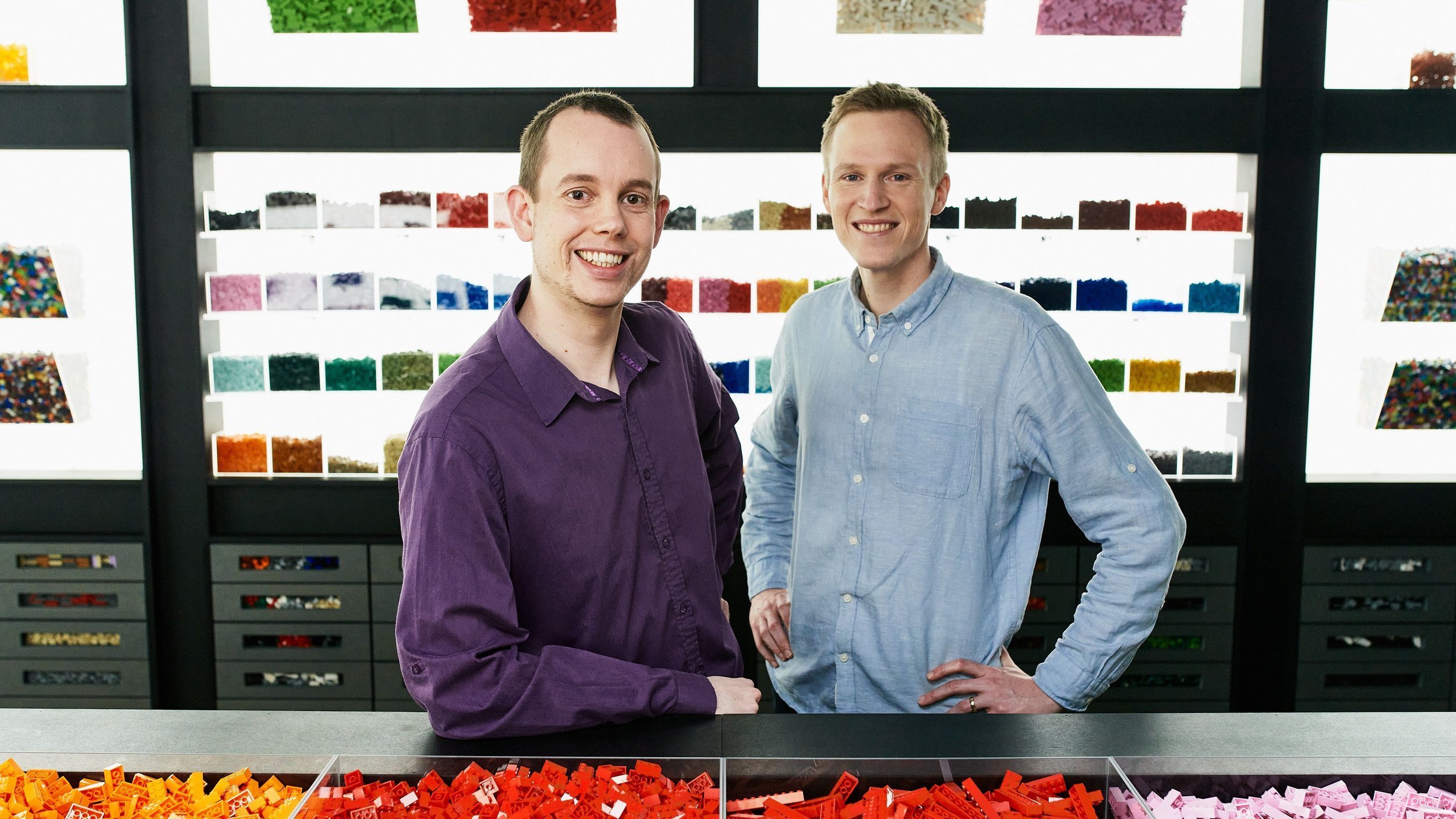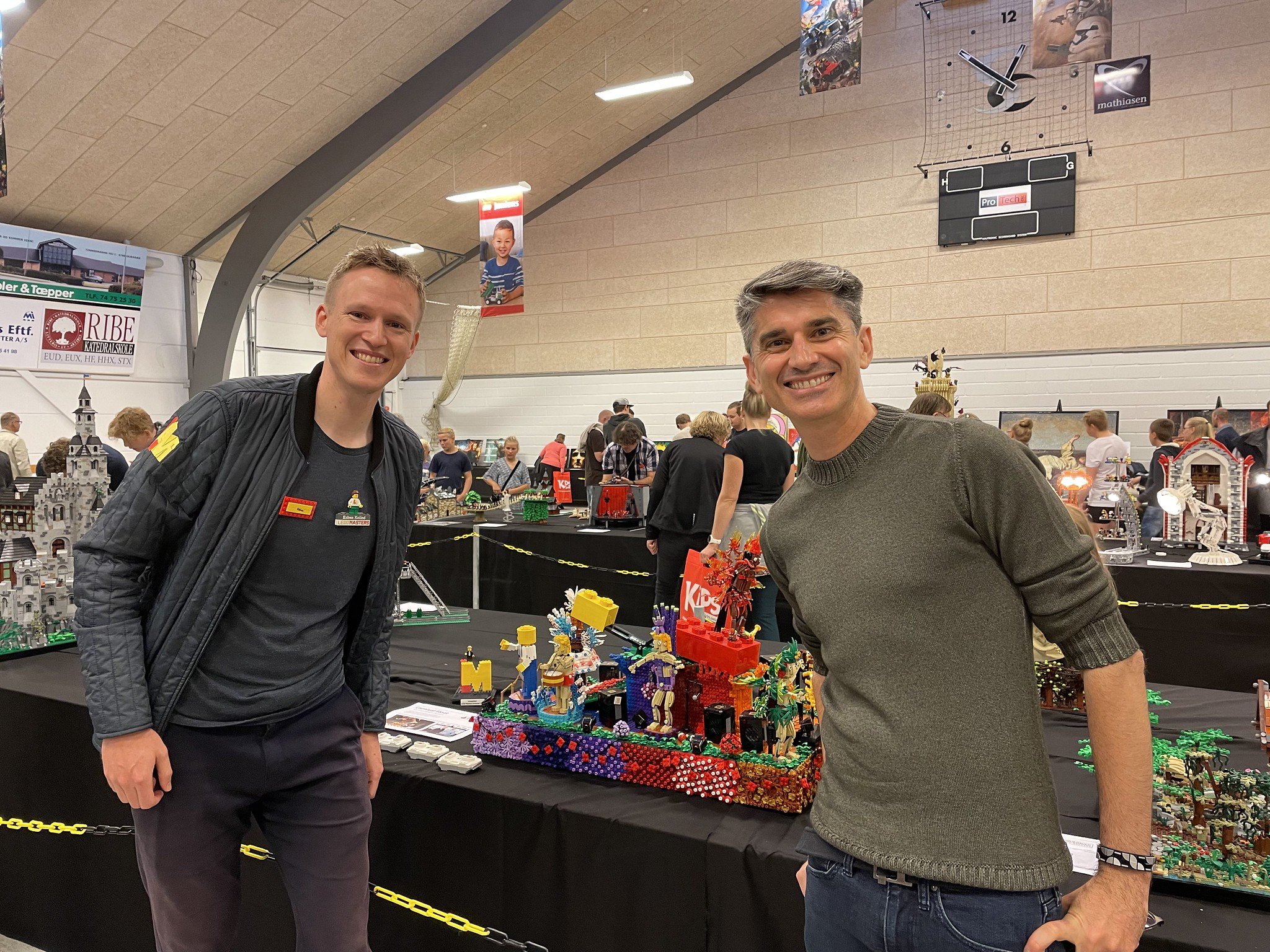Preparing for LEGO Masters Denmark, Part 3: The Finale
/Today’s guest article comes from Esben Kolind who competed on LEGO Masters Denmark. In this series (Part 1 & Part 2), he shares his experiences as an AFOL on the show from casting to filming to the finale and everything in between.
Preparing for the Finale
Lasse and I made it all the way to the final episode, and we knew in advance that we would have a weekend after the semi-final for planning a completely free-build challenge with around 24 hours of building time.
So, what to build? We decided to brainstorm individually and then meet up in the evening to compare ideas. Rather than writing specific ideas, I formulated some guidelines. First of all, we should go with the idea that we believed would have the highest chance of winning LEGO Masters based on our experience so far with the judge and his set of criteria. While this may seem obvious, we might also have chosen to simply build something that we both would love to build… risking that it might not be what the judge was looking for. Having said that, we also needed to select a model that would be fun to build for both of us for the entire 24 hours, taking advantage of our individual strengths.
I made a list of characteristics that our model should have: A single “piece” with one or a few main elements, rather than a large scene. A colourful 360-degree model with lots of variation. Something original not seen in LEGO Masters before. It could include large figures like we had built in earlier episodes. Maybe a different way of telling the story? Or include meta-references to the LEGO brick or LEGO Masters? The last ideas were inspired by the winning model from the Swedish LEGO Masters Season One finale: a large suitcase that opened to reveal figures with references to earlier episodes. I thought it was a brilliant and ingenious model, and I wanted us to build something with the same “vibe”.
Finally, I made a list of elements that I did NOT want our model to incorporate: We should avoid building in minifig scale, as I expected both the competing teams to do just that (and I was right). Avoid monotonous building with many repetitions including large landscapes with trees, cliffs, etc. This had been an issue in several of the final episodes of the international seasons we had watched. Avoid a central element resembling a real-life object (e.g., a specific car or a famous landmark). Also, I didn’t want to build a spaceship, a giant mech, or anything sci-fi or fantasy-related as that simply is not my area of interest.
I was happy to see that Lasse had taken a different approach and produced a long list of detailed, specific ideas, one of which sparked my interest immediately: A carnival float! It ticked so many boxes on my list. It took some convincing to persuade Lasse that we had found THE idea and we didn’t need to continue brainstorming.
Floating on Air
Now the search for inspiration started. What are the characteristic features of a carnival float? We Googled hundreds of images of colourful floats from Rio and American parades with spectacular dancing outfits, musicians, instruments, and flower decorations. We also searched for existing LEGO models of floats with little success. Little did we know that an entire episode of a future season of the American LEGO Masters would be devoted to carnival floats!
Lasse wanted every dancer and musician to have a different facial expression. He created a number of different figure heads digitally, while I experimented with flower decorations, props, and colour schemes. We decided to use the full colour circle with as many LEGO colours as possible.
Powering Up
Motors and movement had been key to many of our builds in the previous episodes. To shake things up, I got the idea that we could make the figures move without motors. Instead, the figures would be powered from the wheels underneath the float, thus moving when the float was in motion. Based on this, Lasse designed a module with four wheels and a gear that would allow us to add movement at a later point. Initially, we designed the float to contain modules that we could easily shorten or extend, to add or subtract, depending on the time left.
But not using motors turned out to be the worst idea. I spent a good part of the first building day constructing modules before we realized that the model would be displayed on our building table, which was only slightly larger than our float. No space for movement of the float meant no movement of the dancers. In addition, combining the modules with Technic pins and plates had created a wobbly float; the rotation of the wheels was not steady.
That night as we evaluated our progress, we decided to switch back to motors. We ended up using three battery packs and five motors, and we used ten red light bricks to build light projectors around the edge of the float. The float was a celebration of LEGO, with a big red 2x4 brick on top (hiding a battery pack and a motor) and big yellow 1x2 brick, filled with colourful small tiles, which we launched like a catapult as part of the presentation. In addition, we built a large classic minifig with blue pants and the LEGO logo made of flowers at the end of the float.
Like the Swedish suitcase, we included a few references to the LEGO Masters show and our previous builds. We stuck with the original module, so unfortunately we never utilized the flexibility we had planned for. We did, however, ensure that the top of each module could be taken off independently to provide easy access to the mechanisms for testing to make sure everything ran smoothly at the presentation (and it did).
We were both super pleased with the final model. It conveyed our initial vision of creating a “piece of art” full of colours and joy and celebrating LEGO. We had lots of fun along the way, although building for 25 hours across four days is exhausting, especially when you sleep very little at night because you are thinking about what to build the next day. There were certainly periods that were more productive than others, but overall, our time estimates were solid, and we stuck to the time schedule with few changes along the way.
Final Thoughts
Spoiler alert! We did not win LEGO Masters Denmark, but we shared the second spot with the third team. The models were very different, and the judge Søren said he had a tough time deciding on the winner. (Don’t they always say that?) Maybe our model wasn’t big enough? Maybe we had already built too many moving figures in previous episodes? Maybe we should have built something completely different? For my part, I don’t think I would have done anything differently if I were to do it again… except maybe skipping a lot of the 72 wheels underneath the float.
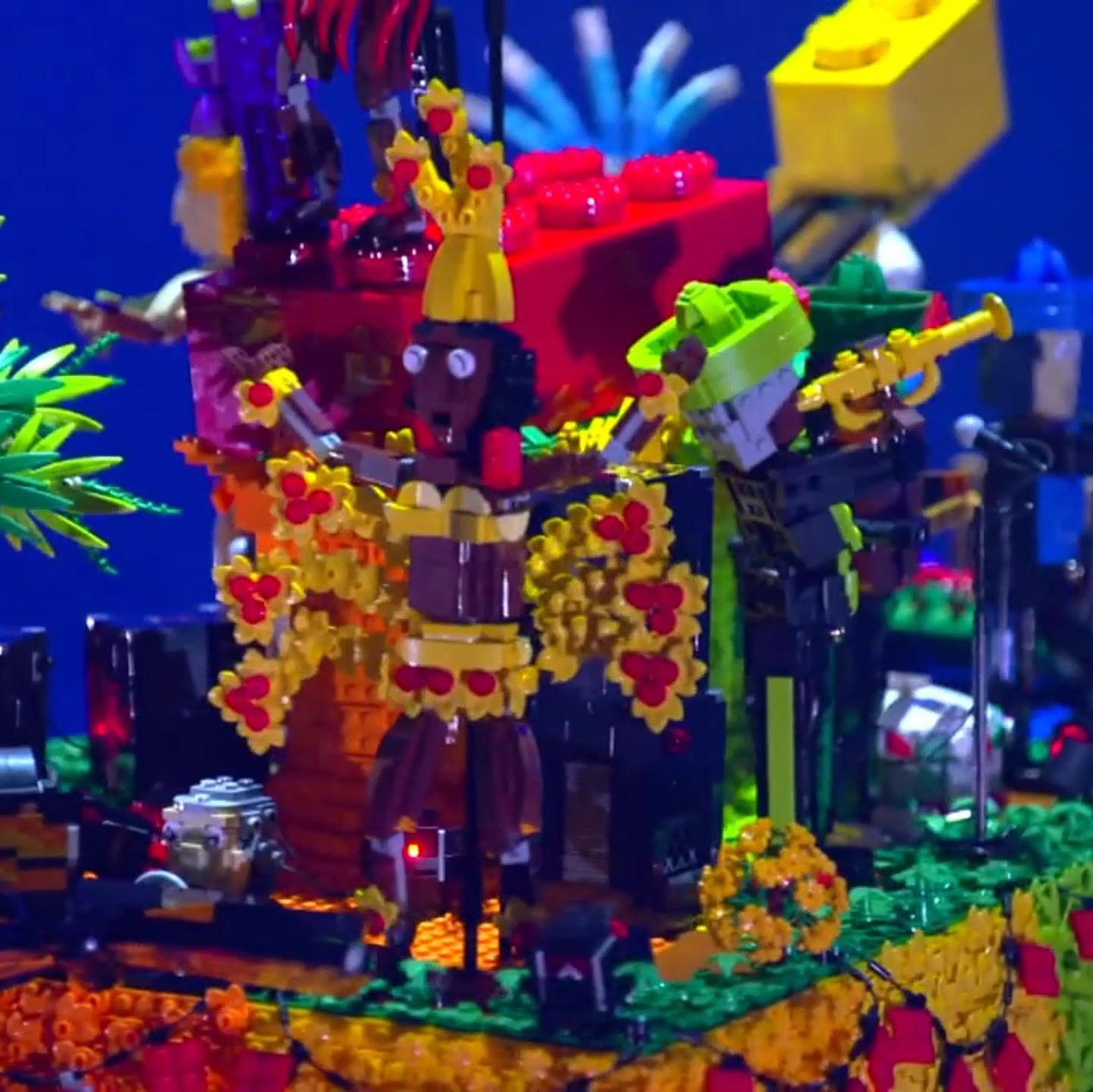
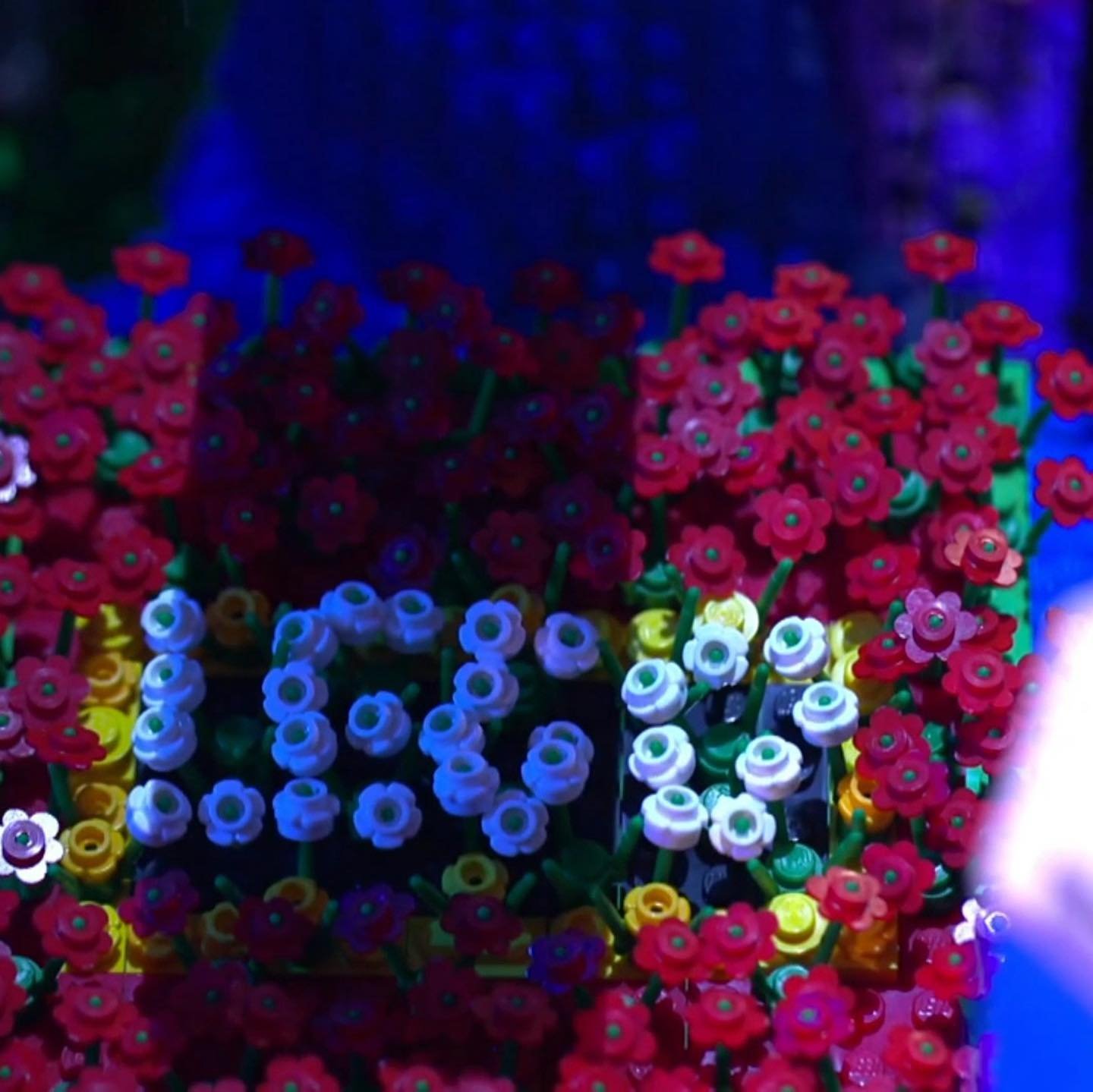
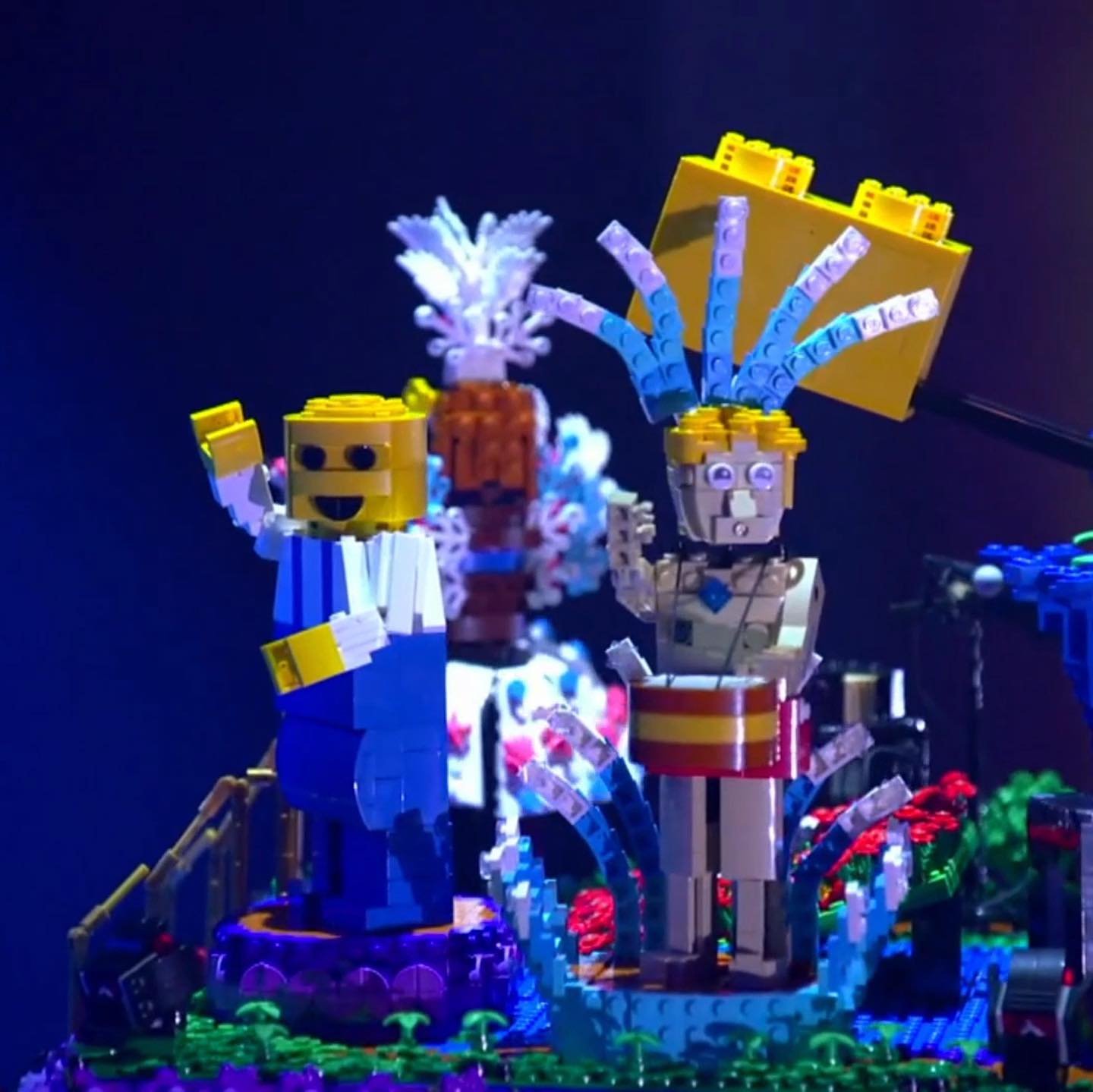
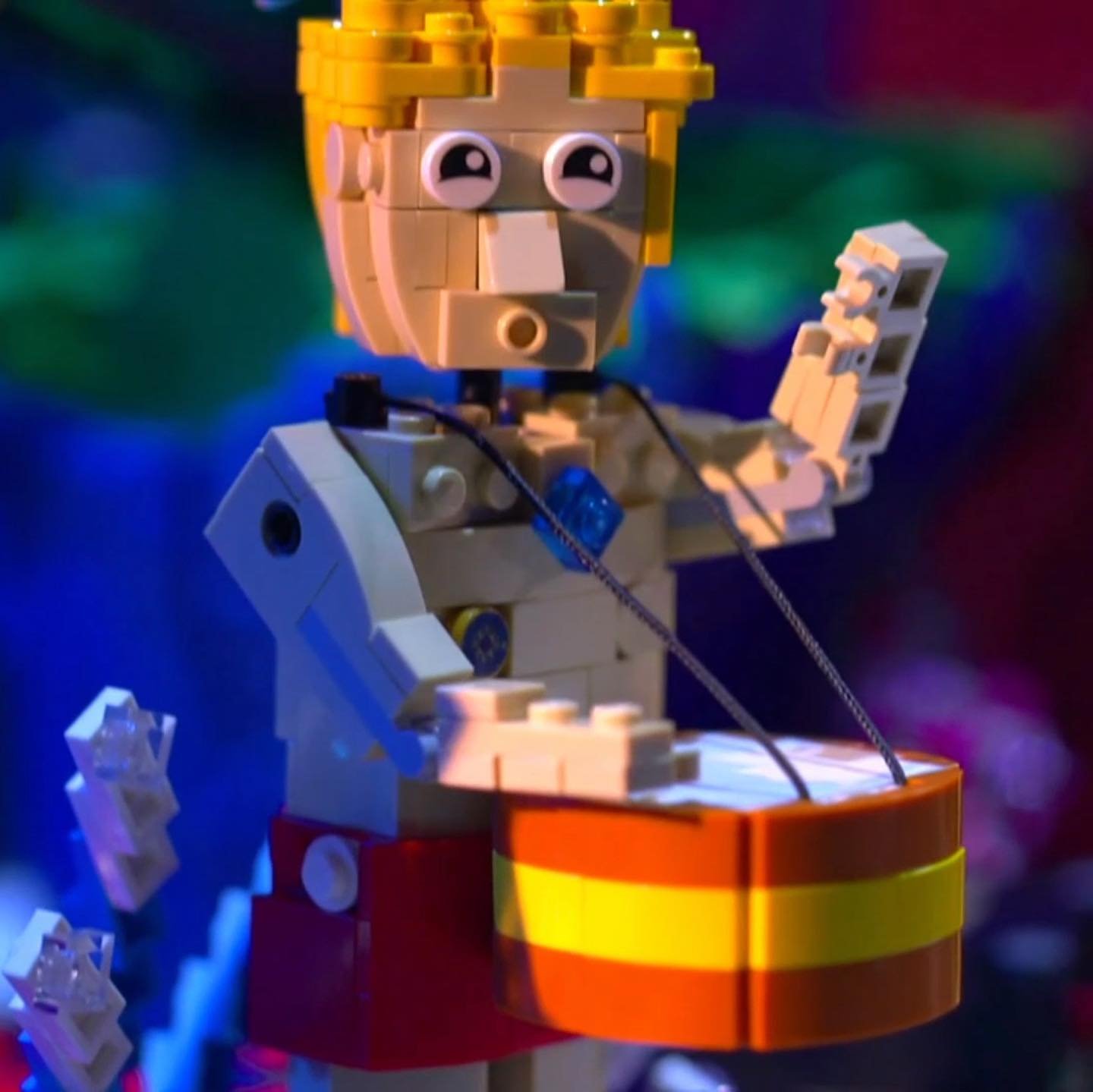
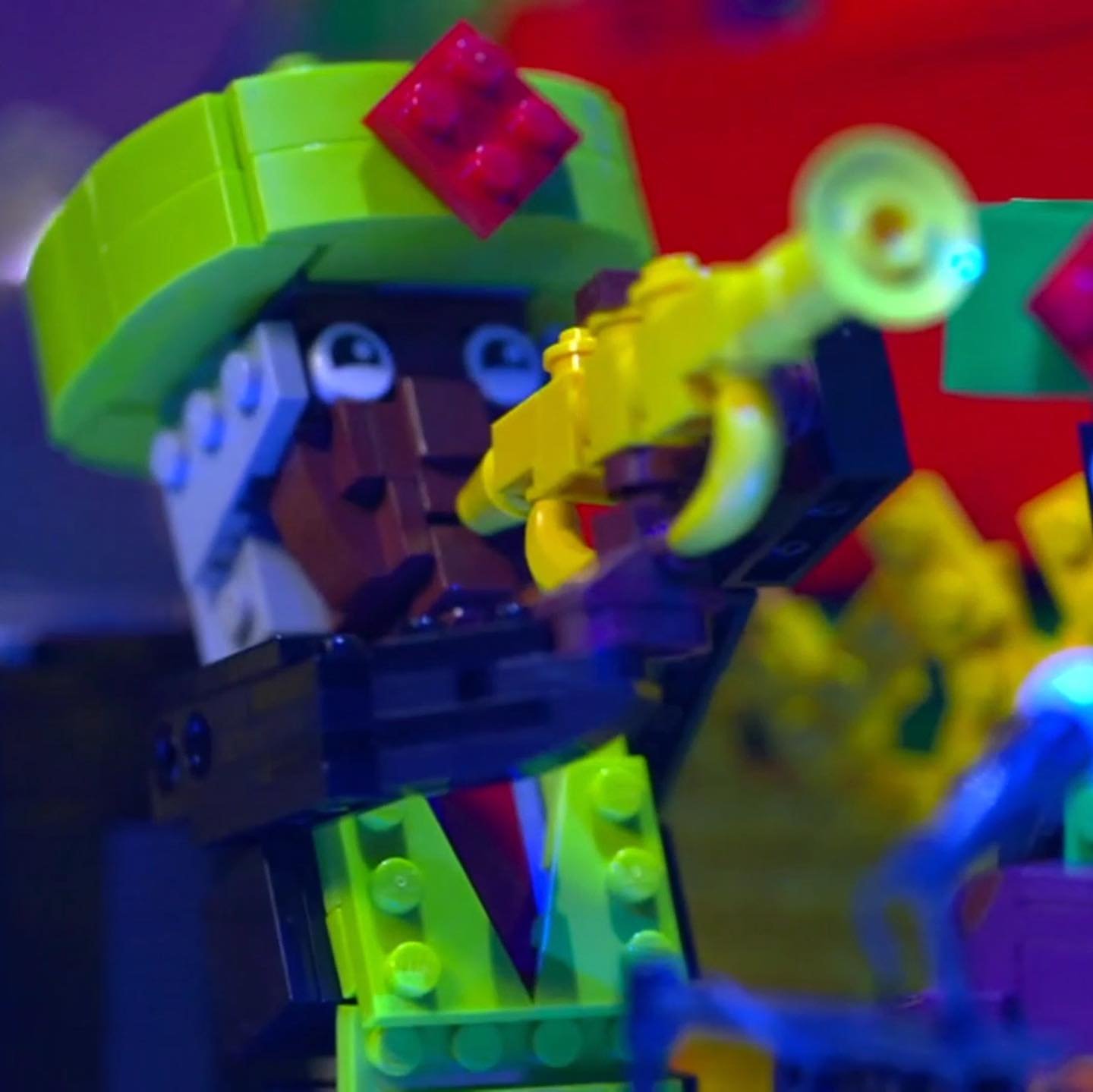
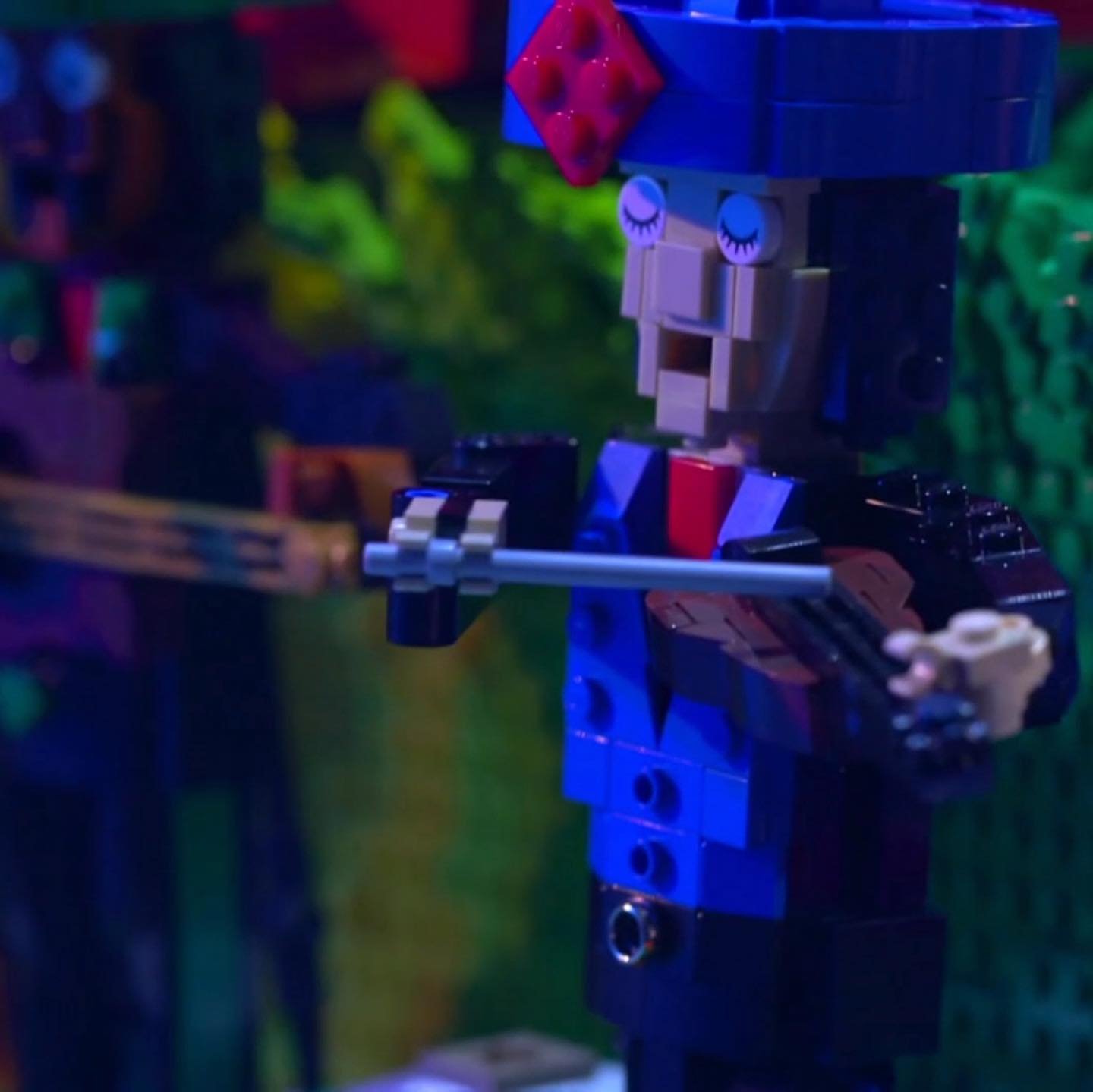
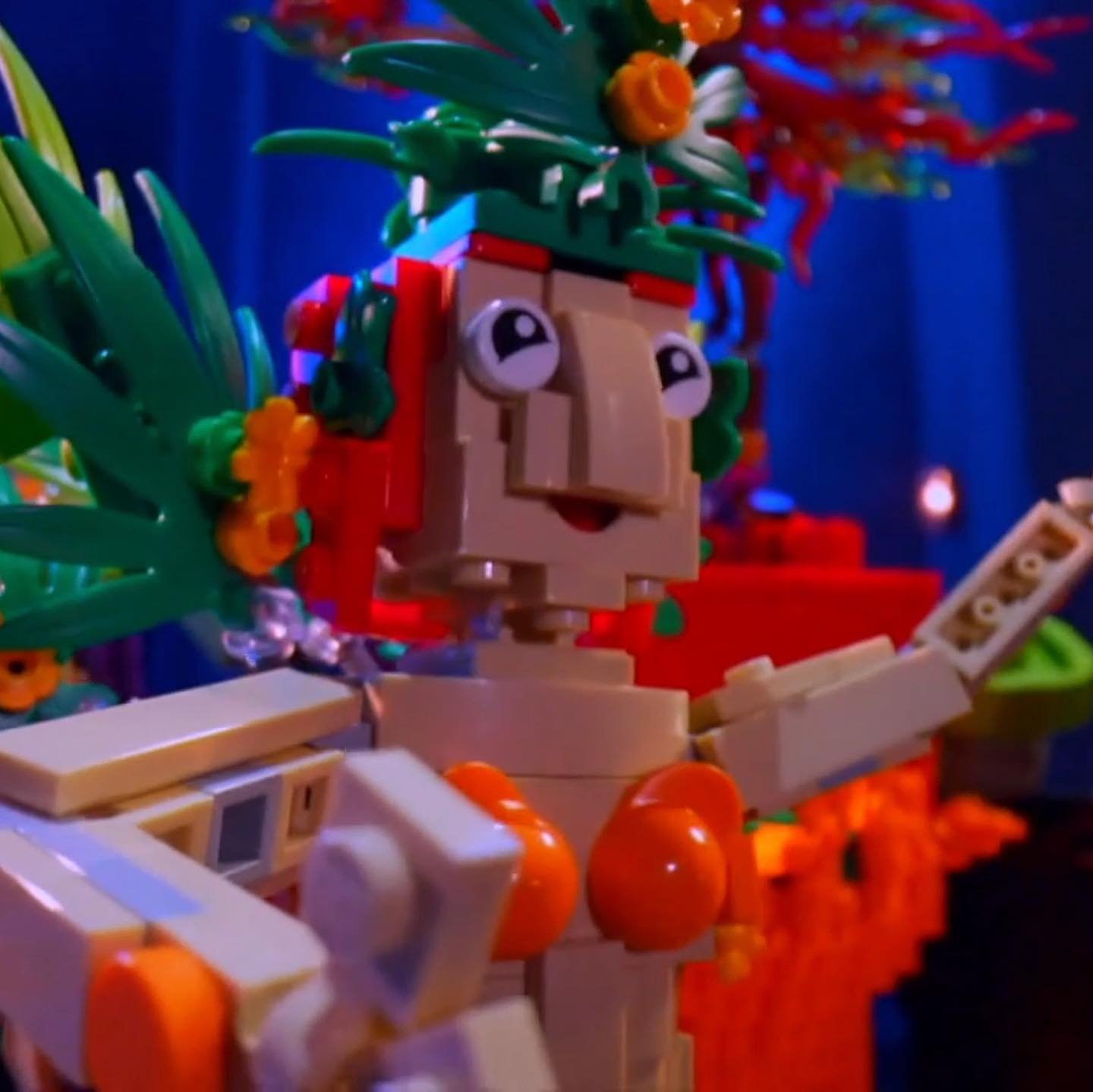

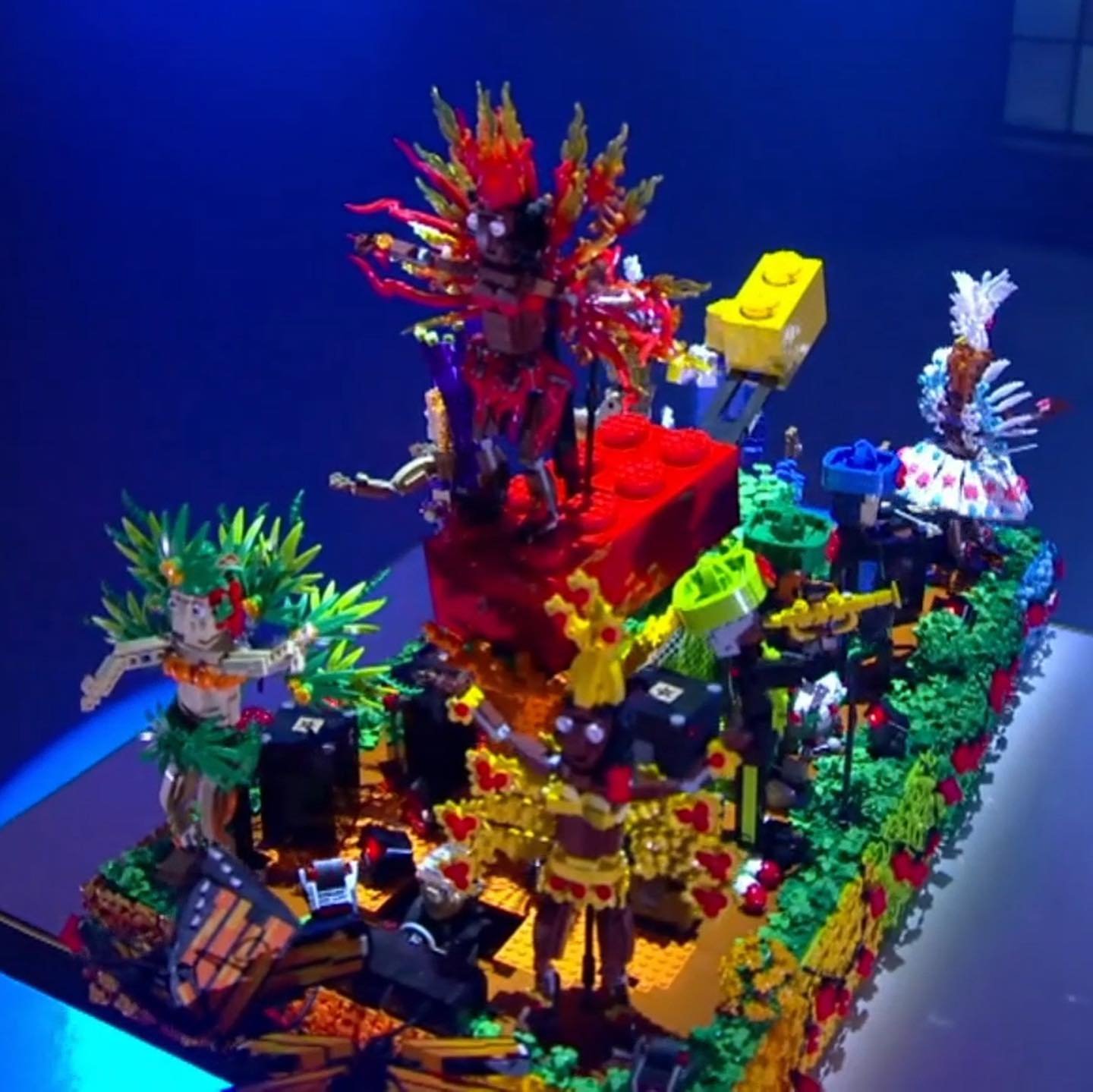
So, did our preparations both before and during the show pay off? I am very certain that our preparations gave us a head start advantage. Being able to accurately estimate how fast we could build each part of the model helped a lot, too, and adjusting to a realistic ambition meant that we were able to deliver a finished model every time.
Finally, watching several seasons of international LEGO Masters shows allowed us to use the tricks that worked and avoid some of the pitfalls. Although both Lasse and I are experienced builders, our consistently high placements over the episodes would not have been possible without the time we spent preparing.
After the Show
There was no cash prize to the winning team of the Danish version of LEGO Masters. (All teams were compensated based on the number of recording days.) A much more prestigious prize was in sight: The winning team would be created as Miniland figures for display in LEGOLAND, Billund! All the finalists were honored with an extra prize as well: the three models from the final episode would be displayed in LEGO House.
When the final episode aired in June 2021, the participants and their families were invited to Billund. On Friday night, we watched the episode in the auditorium of Hotel LEGOLAND along with members from the crew and guests from the hotel. We spent the evening in the lobby exchanging stories. The next morning, we signed autographs in the sunshine in front of LEGO House for long lines of fans.
The three models from the final episode were then revealed inside LEGO House before continuing to LEGOLAND where the figures of the two winners were revealed at a small ceremony in the Nyhavn area of Miniland. Walking around LEGOLAND afterward with my family, I got a small glimpse of what it feels like to be a celebrity, complete with stares and whispers and requests for selfies. That weekend in Billund was a somewhat surreal experience that I will never forget.
At Skærbæk Fan Weekend 2021, showing the carnival float to Brickmaster Jamie Berard, judge on the American LEGO Masters
After the exhibition in LEGO House ended, I got permission to bring the carnival float for display at the Skærbæk Fan Weekend. I am embarrassed to confess that it was my first visit to the amazing convention in Skærbæk (surely not the last), but I had another great weekend talking about LEGO Masters while trying to hold down five buttons on the three remote controls to keep all the dancers moving. I am not sure if any other LEGO Masters models have been exhibited at fan conventions before. All three models were also on display at LEGO World in Copenhagen in April 2022.
A Finale From a Different Perspective
At the time of publishing this article, the second season of LEGO Masters Denmark has already been recorded and aired in Denmark. Along with 200 members of the public and former participants, I was invited to see the models built in the final episode and cast a vote for who I thought should win. Due to Covid-19, that was not possible when we did season one but it added a special feeling to the finale. The high quality of the builds I saw in person during the finale (and throughout the entire second season) made me wonder if any teams prepared as much as we did for being on LEGO Masters. It certainly paid off for us in the long run, and I hope our experience will help others become even more prepared contestants on LEGO Masters in the future.
How would you prepare for being on any version of LEGO Masters? Let us know in the comments below!
Do you want to help BrickNerd continue publishing articles like this one? Become a top patron like Charlie Stephens, Marc & Liz Puleo, Paige Mueller, Rob Klingberg from Brickstuff, John & Joshua Hanlon from Beyond the Brick, Megan Lum, Andy Price, John A. and Lukas Kurth from StoneWars to show your support, get early access, exclusive swag and more.

